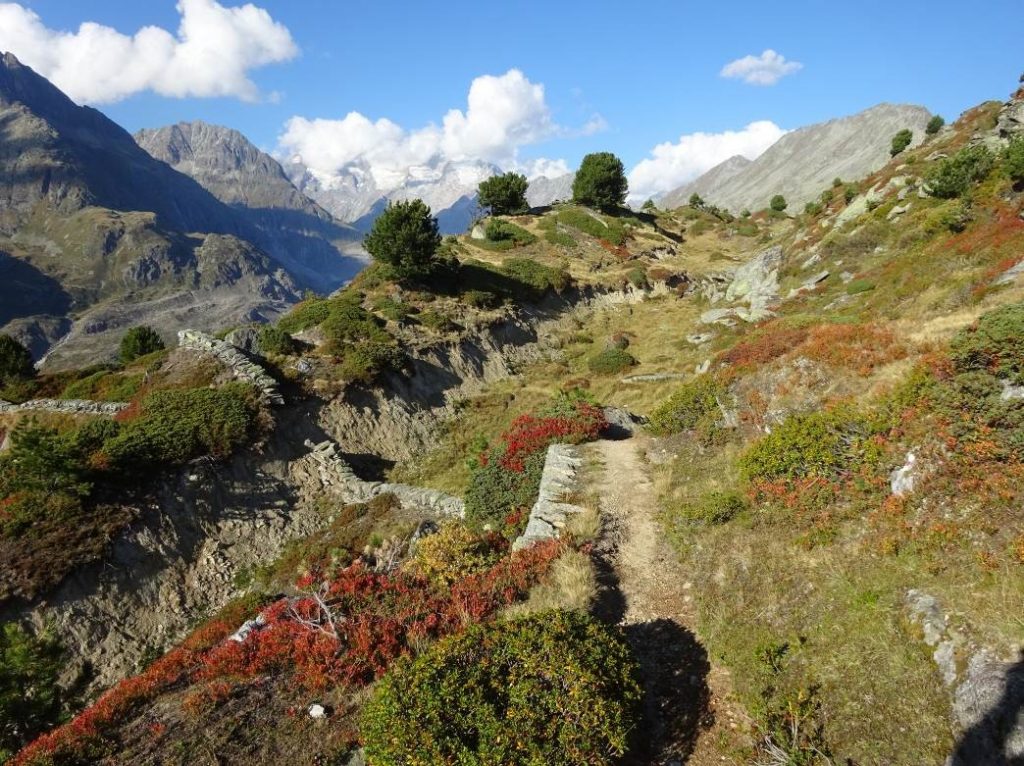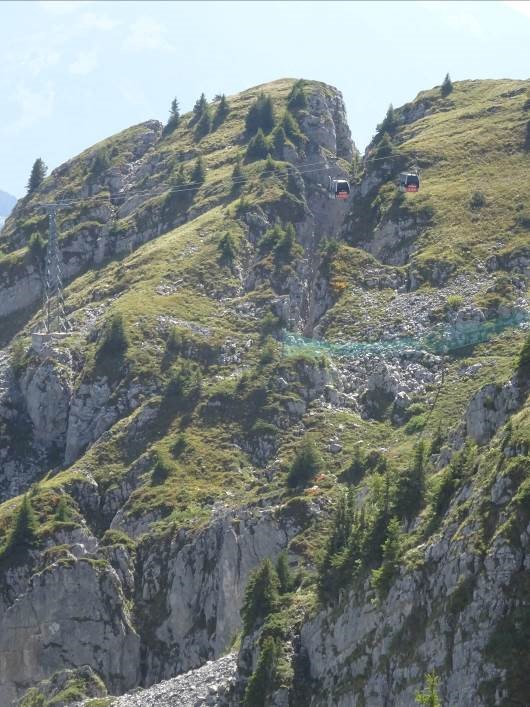Prof. Chigira stayed at Lausanne in September 2018. The purpose of this collaboration was to compare the deep-seated landslide types between Japan and the Alps. The first two weeks Prof. Chigira was able to familiarize himself with the geology of the Alps with the help of the remarkable Swiss geological maps 1: 25’000, but also and especially thanks to the DEM which reveals the instabilities in a remarkable way. During this period, we had a lot of discussion about the mechanisms of destabilization of the slopes. He was also able to give advice to our PhD students during this period.
We were also able to work on a submitted article that is now published:
Jaboyedoff, M., Chigira, M., Arai, N., Derron, M.-H., Rudaz, B., and Tsou, C.-Y. 2019. Testing a surface area prediction and deposit reconstruction method for a landslide cluster that occurred during Typhoon Talas (Japan), Earth Surf. Dynam., 7, 439-458.
His visit personally pushed me to visit sites that I had not yet been able to study, so we realized 3 field trips.
- The landslide of Yvorne and Tour d’Aï region
- Visit of the intability of Moosfluh (Riederalp, VS)
- Visit of the Simano site (Val di Blennio, TI) and the Bedretto valley
Left: View of a depression at the top of Moosfluh whose origin and still under discussion. Right: Crack showing great rock instability under the tours d’Aï.
But above all it allowed us to continue the collaboration with the Prof. Chigira, who will return in September 2019 to the field in Ticino, where M. Jaboyedoff will work with him.


